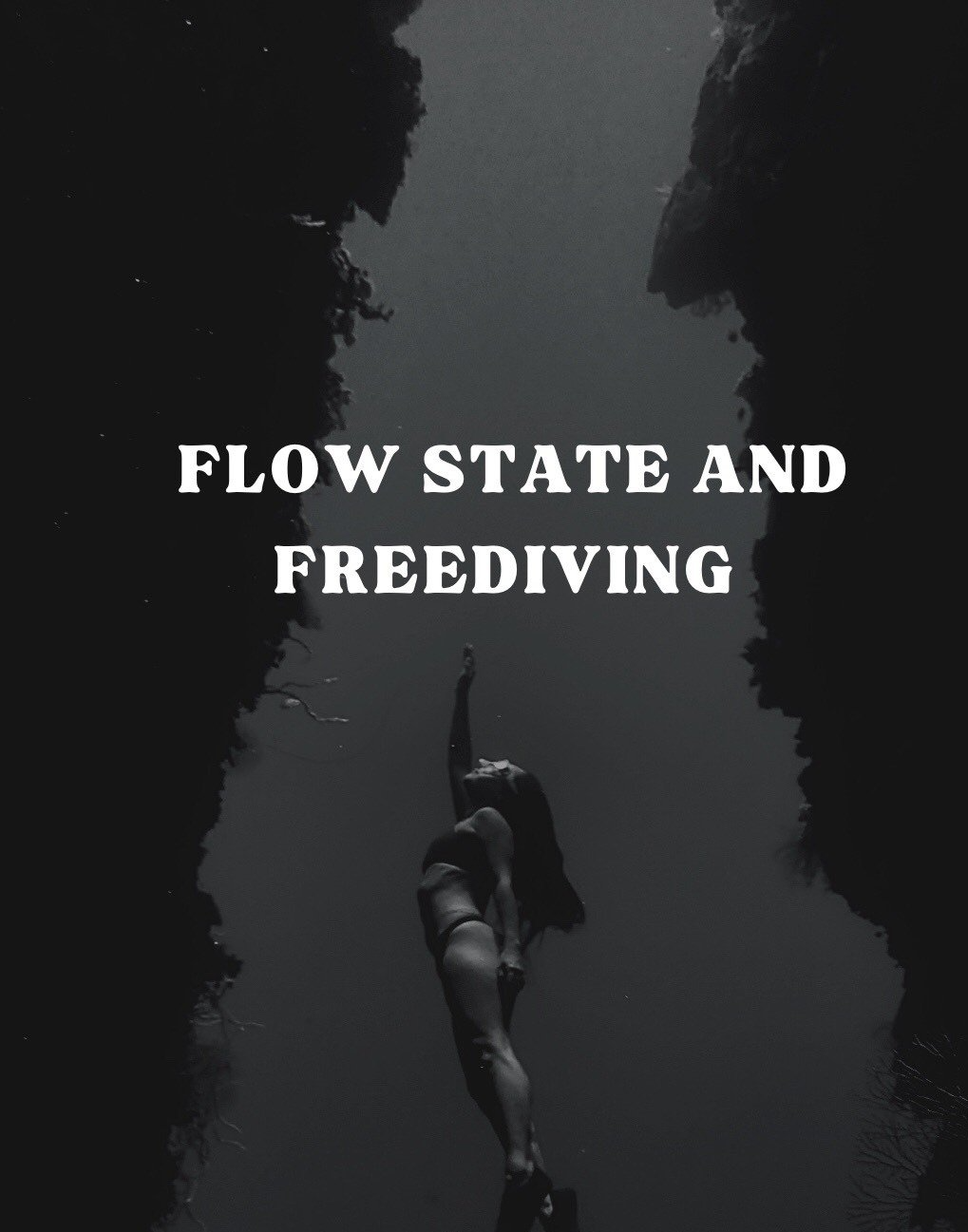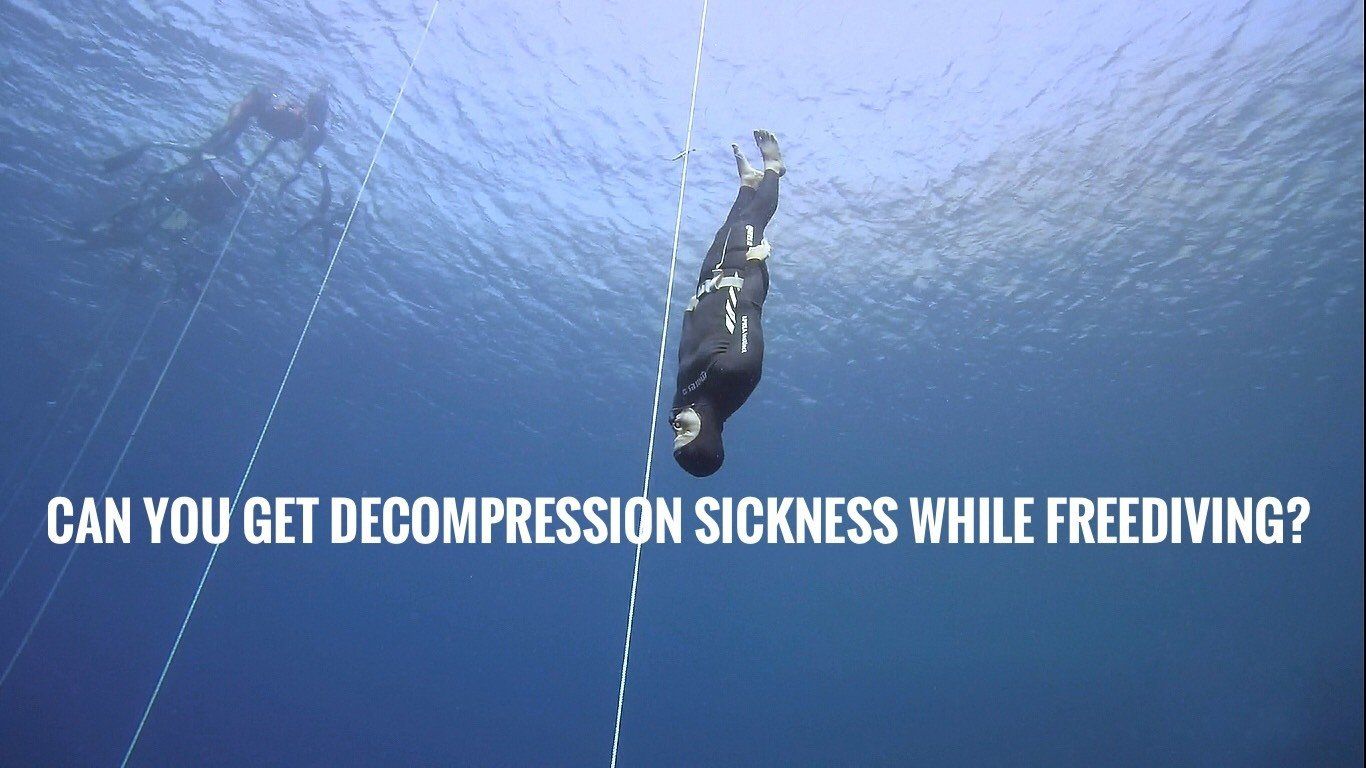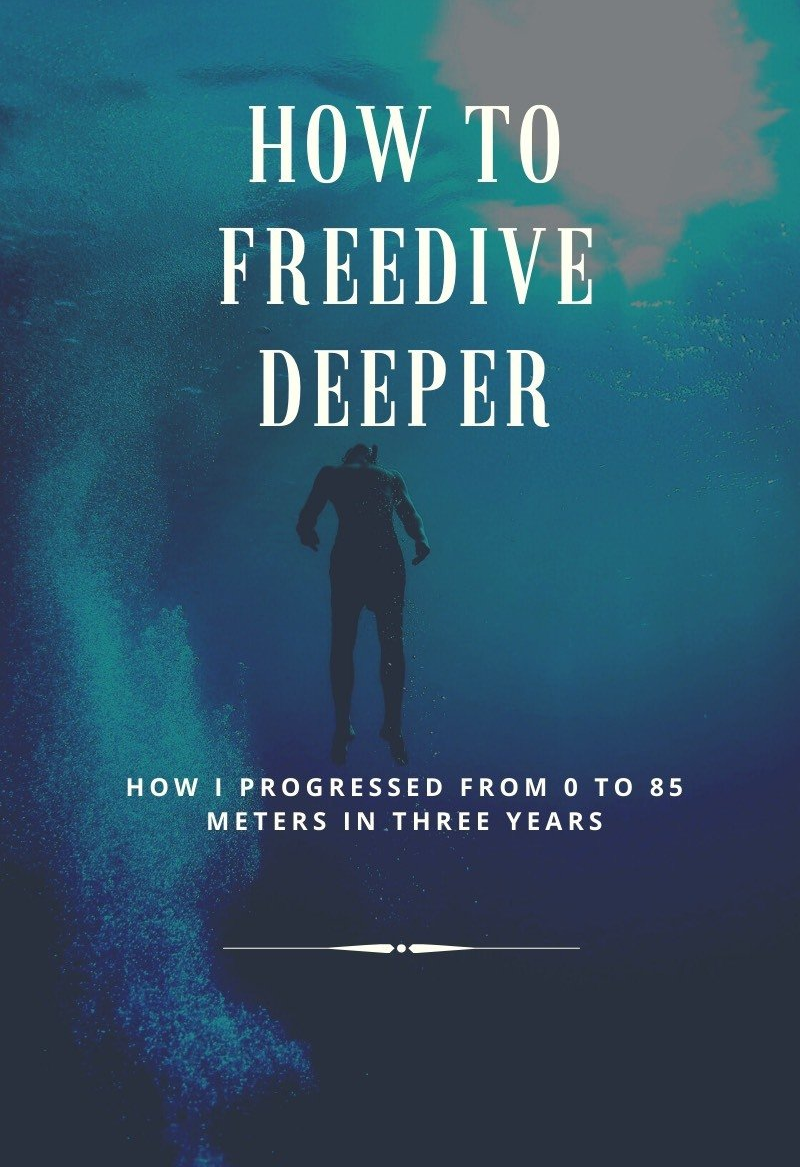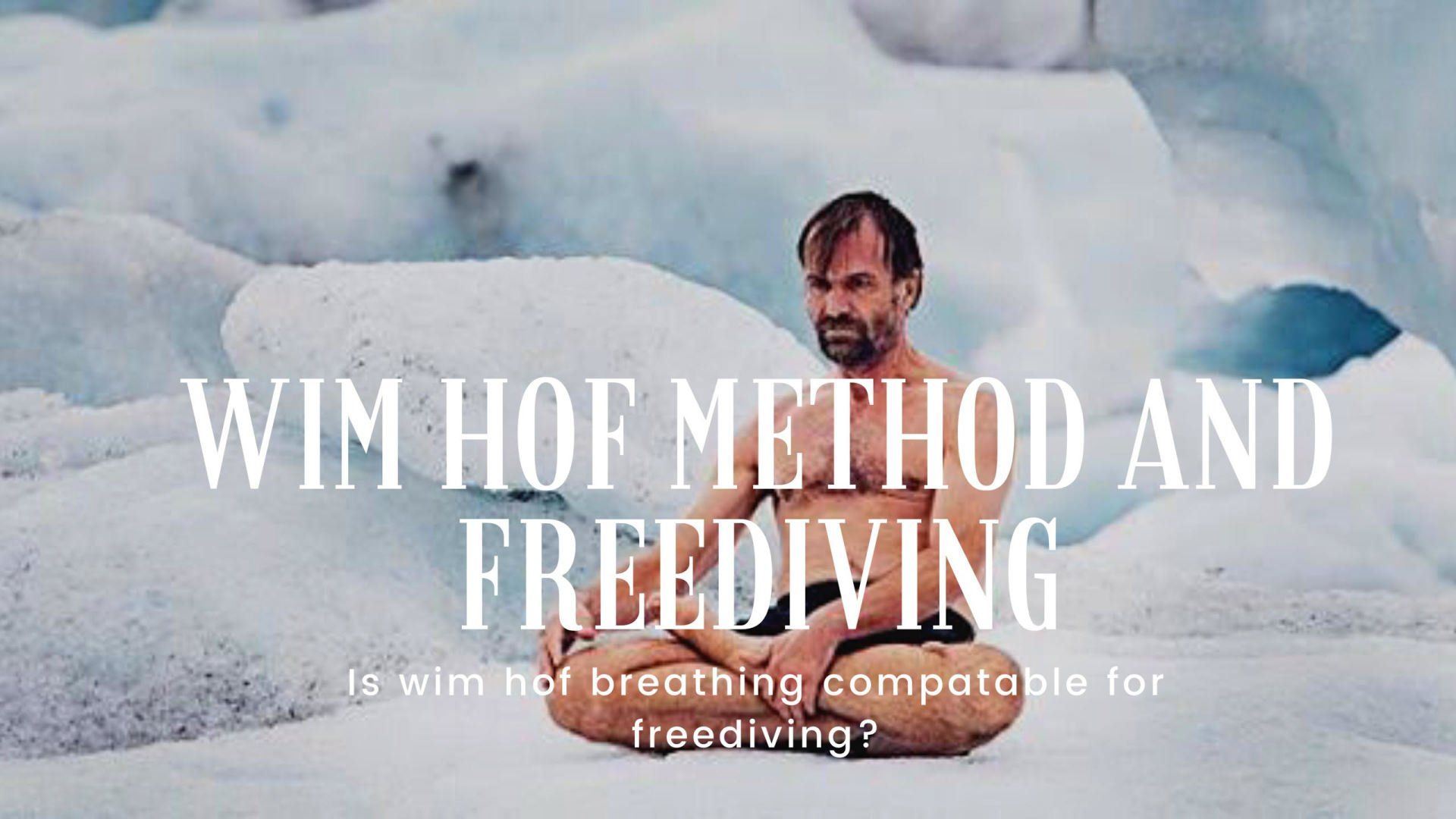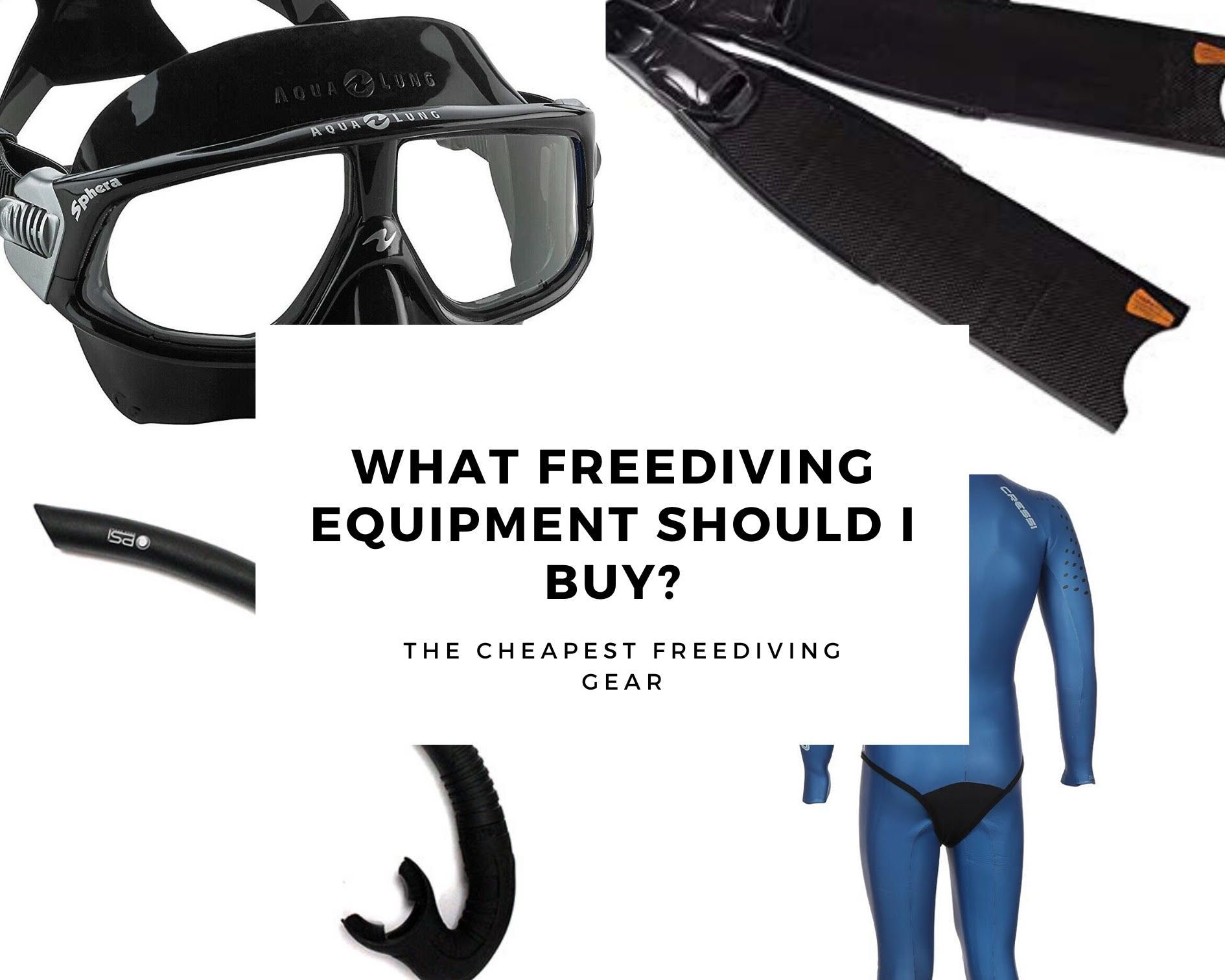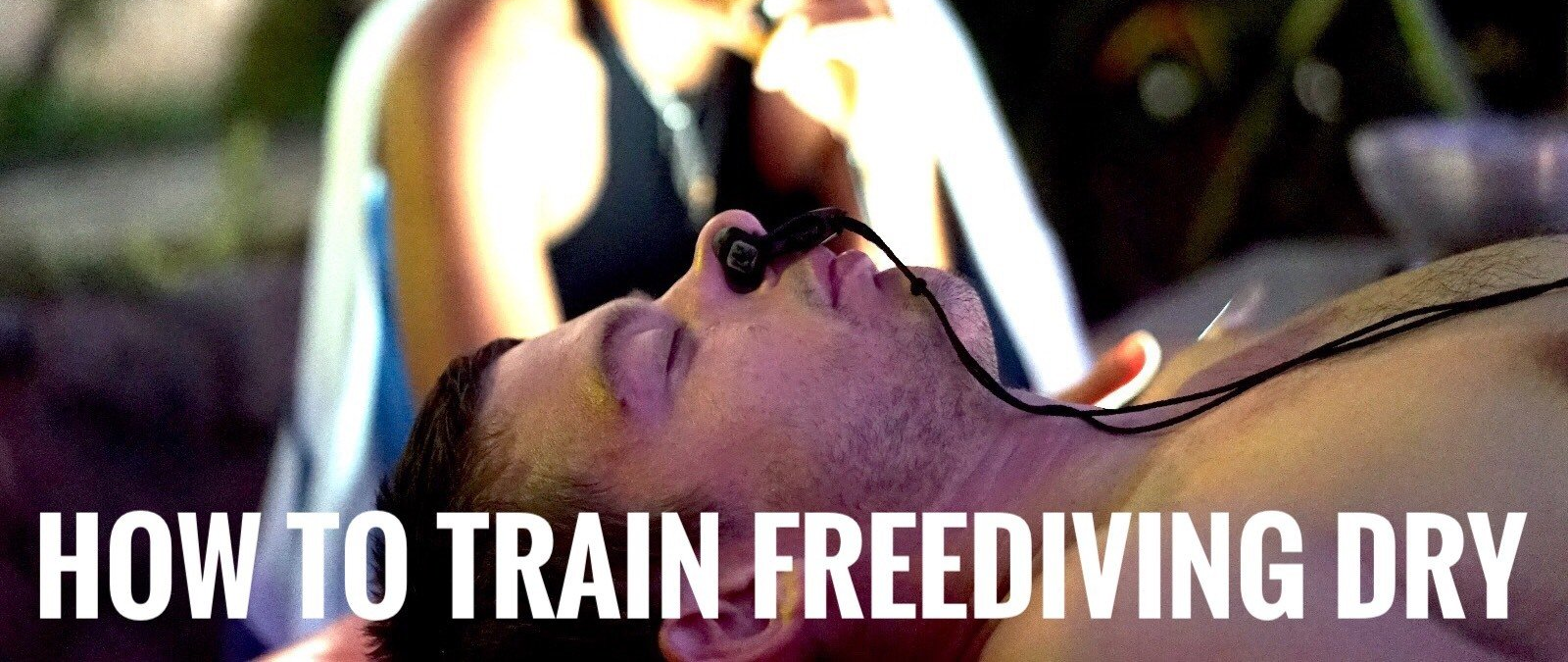How to get more comfortable in deep water
A guide to how you get more comfortable in the ocean
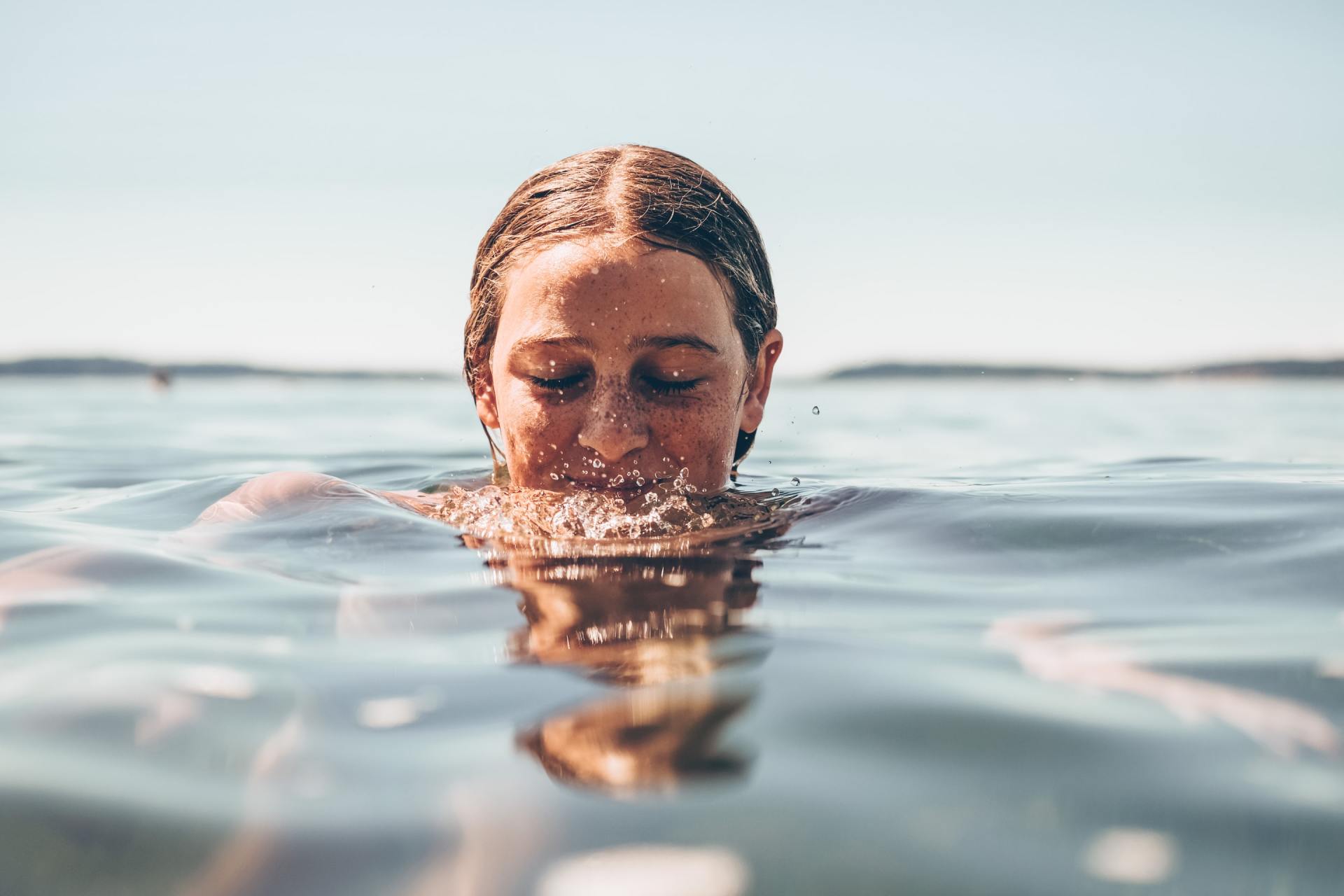
Most of us have at some point felt a crippling fear run through our body when, trying to stand up in the water, we no longer feel the ground beneath our feet. It is quite natural to feel like this, but we can also work towards becoming more comfortable and relaxed in the water so as to better enjoy and explore our oceans.
You might, like many people, only swim in the ocean a few times each summer, and during those instances find yourself tense and anxious when thinking what may be under the dark ocean surface. This is very common, and it simply comes from you not being used to this environment, and rational fear of the unknown. This goes for any other scenario; we simply have to get used to a situation or environment and slowly get accustomed to it.
Step 1: Practice floating on the surface in the shallow area (Pool or ocean)
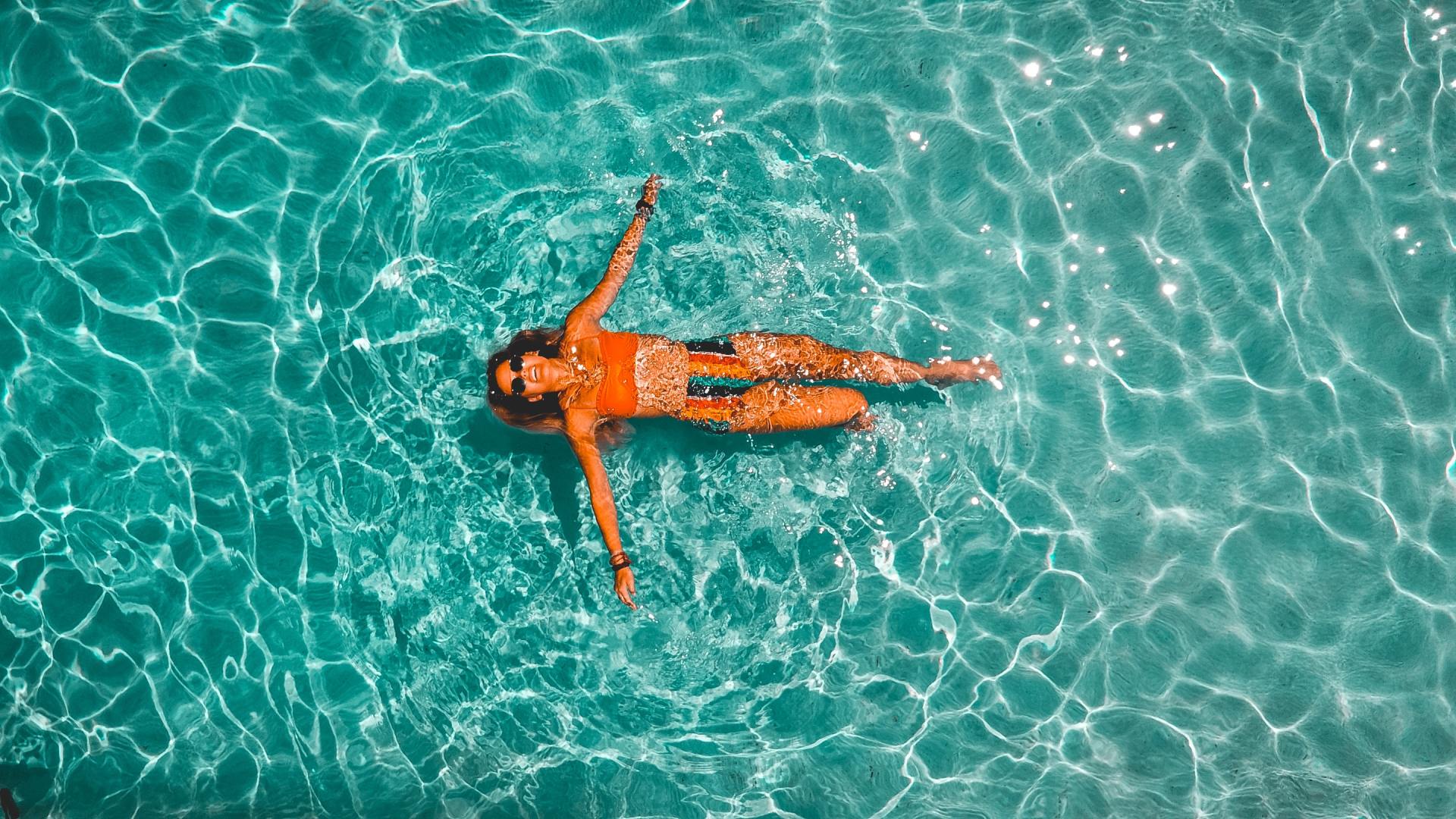
The first step is to come to the realisation that stress or fear is your worst enemy, and that you are actually able to float with little effort (note that the higher the salt content of the body of water, the easier it will be to float). Try this out by walking out to an area where the water reaches around your waist. Here, simply lay down on your back and try to balance on the surface. Breathe normally and pay attention to how your buoyancy changes in accordance with your inhales and exhales. The goal here is to get comfortable with just floating on the surface without using any extra energy. Relax your limbs as much as possible. Notice that your body is floating up more when you inhale, and that you tend to loose buoyancy when you exhale. Therefore, control your breathing and try to maintain a good amount of air in your lungs at all time so you can float comfortably. The trick is to breathe with a smaller amplitude so you're not exhaling too much air in your lungs all at once, which would lead to a loss in buoyancy. Practice floating face up until you feel comfortable and relaxed in this position and are able to stay afloat easily.
It is also worth mentioning that generally women float easier than men, but it also varies depending on individual factors such as bone density.
Step 2: Float with mask and a snorkel face down in the shallow area (pool or ocean)
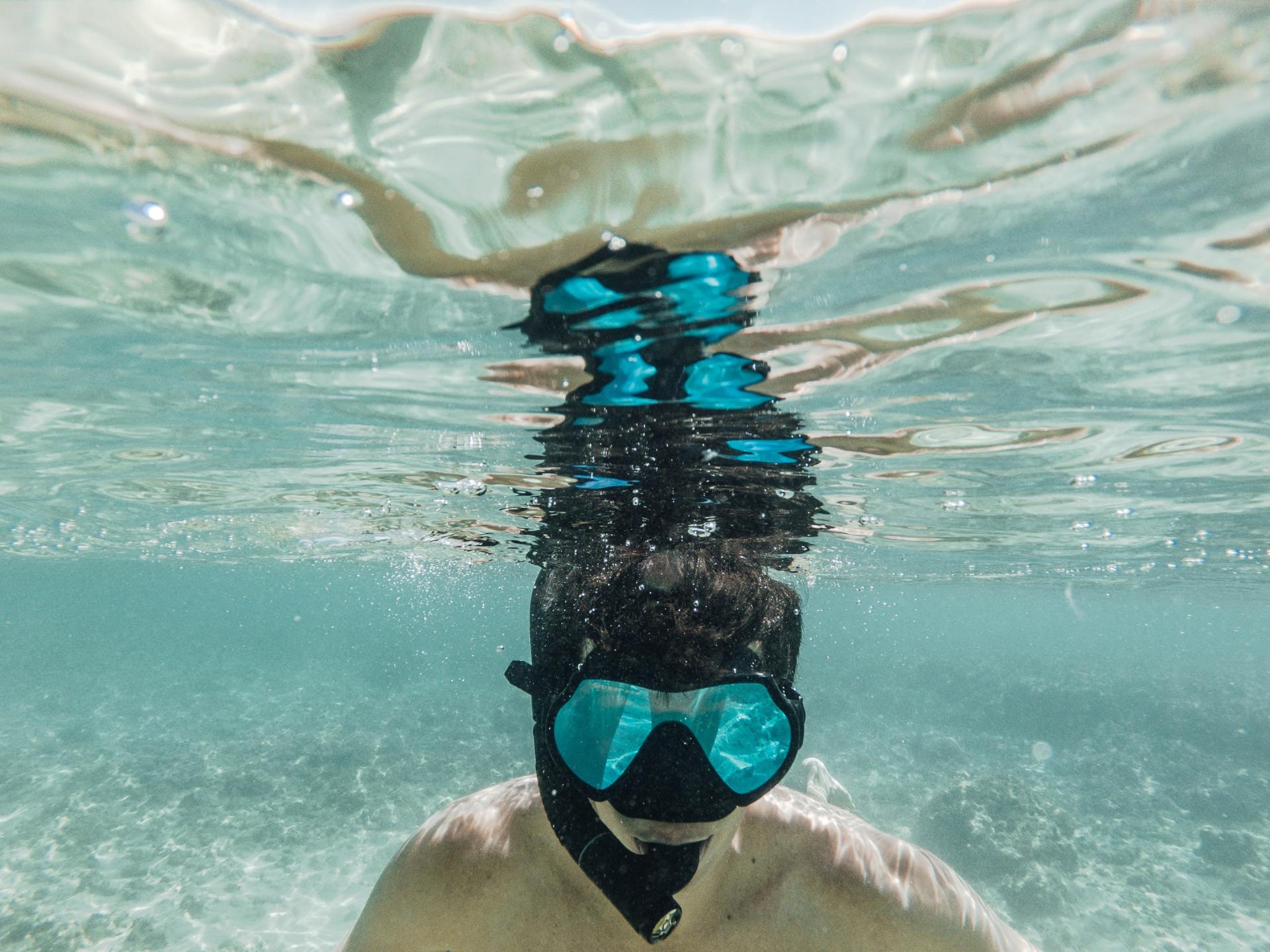
Walk out to the waist-deep area in either a pool or ocean and then slowly put your face down in the water with a snorkel in your mouth. Here, use the same principles employed in the previous exercise. Notice how you don’t need to use any extra energy to safely float on the surface, and that you can do so simply by relaxing and breathing on the surface. Practice breathing with the snorkel in your mouth until you feel comfortable doing so. Hold on to the rim of the pool or a flotation device if needed to help you relax and feel comfortable with your face in the water. Use a similar breathing pattern as you did in the previous exercise, breathing with a small amplitude do as to not lose your buoyancy. Remember, the air in your lungs are your natural flotation device in the water!
Step 3: Start and stop swimming without touching the bottom
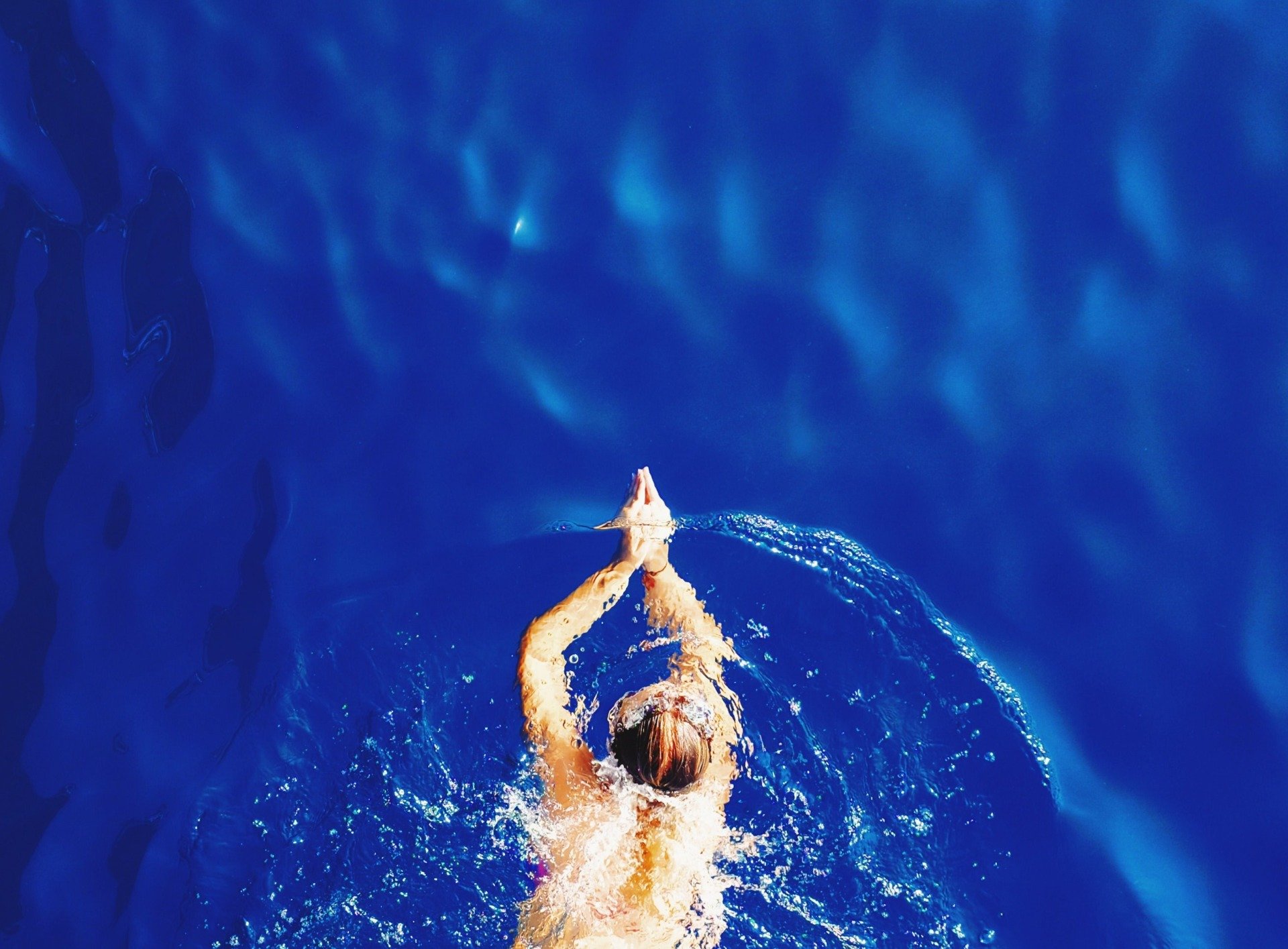
Now that you have mastered floating comfortably in the water, try to swim forward a few meters while breathing through the snorkel with your face in the water. To begin with, you can swim or propel yourself forward any which way you like, as long as you keep relaxed. Stop after a few meters, change direction without touching the bottom, and then swim the few meters back. Again, feel free to use a flotation device if needed, while actively trying to depend less on it with each turn. Do this exercise for a few minutes until you feel like you get the hang of it. Start by swimming in shallow water and slowly progress deeper as you gain confidence.
Lastly, I hope that this article have helped you to gain some confidence in the water and have given you the tools on how to get more comfortable in the water. So, next time when you decide to take a dip in the sea, you can enjoy the sea without any worry!
Share article:

